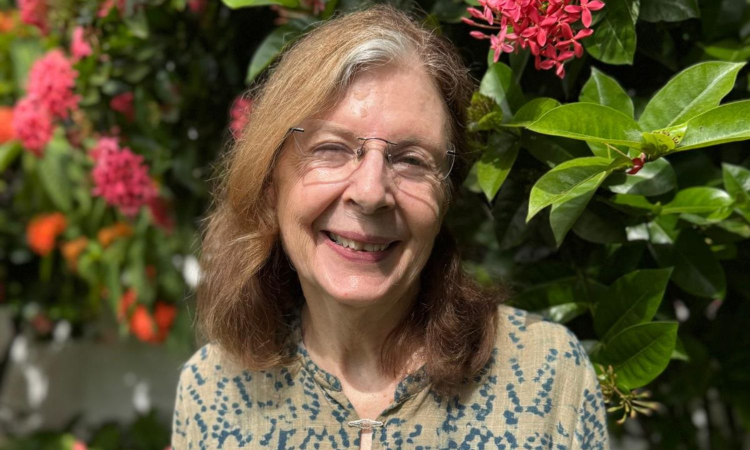A museum, a city, a life: Deborah Thiagarajan’s Madras
Fifty-five years after moving from the US to Madras, Deborah Thiagarajan, founder of DakshinaChitra Museum, reflects on the city she first encountered, its transformation, and what makes Chennai unique.

Deborah
Fifty-five years ago, when Deborah Thiagarajan moved from the United States to Madras, she had no idea she would become part of a journey that would help shape the city’s cultural landscape. As the founder and director of DakshinaChitra Museum, she reflects on the Madras she first encountered, the city’s evolution over the decades, and what continues to make it unlike any other. This is part 2 of DT Next's series featuring expats who’ve embraced Chennai.
"When I came to Madras in 1970, I was completely new to India. My husband was a management consultant and was away on business most of the time, so I was left to figure out how to navigate the city on my own. At that time, we lived on Malaviya Avenue in Tiruvanmiyur, which was just outside the Madras city limits. That street truly reflected Madras. It was diverse, friendly, and everyone around was ready to help.
My immediate neighbours were a couple from Coorg, and since it was nearly impossible to get a telephone then, their phone and their friendship became my lifeline. On the other side lived a veena musician who had taught in the US. A yoga instructor was close by. The dancer Lakshmi Viswanathan became a friend. So from the very first month of living in Madras, I was introduced to music, dance, and yoga, and those interests have stayed with me even today. I felt very much at home.
I wanted to understand the history of the city, so I began exploring its architecture and decided to document its colonial buildings. I had never been taught about the full extent of the British Empire, so I was surprised to discover that Elihu Yale had once been a governor here, and that Cromwell, the defeated British general in the American Revolutionary War, had also shared space with me in Madras. It made the world feel very small.
What makes Madras unique is its warm and generous people. That is the soul of the city. People here are grounded and have always seemed secure in who they are and what they value. This spirit became even clearer when I started planning DakshinaChitra. I needed help, and very quickly, so many wonderful people came forward to make the museum a reality. They gave their time and shared their expertise. DakshinaChitra was built with love, by the community and for the communities of Madras. Chennai, or Madras, and its people will always hold a very special place in my heart.
Today, I see a far greater awareness of culture in the city. Young people are exploring and experimenting with all kinds of music, though Carnatic music still holds its ground. Madras was never particularly open to the visual arts, but that is changing now with the Photo Biennale, Madras Art Week, and a growing number of contemporary art galleries.
There is also a renewed interest in heritage, with several groups organising heritage tours and city walks. Contemporary dance is gaining acceptance, and there is more openness when it comes to discussing a wide range of social and cultural issues.
But perhaps the most meaningful change I’ve seen is in the way parents are beginning to accept their children’s choices. For many families, art and culture are now seen as valid and respected career paths, and that, to me, is a big step forward."



